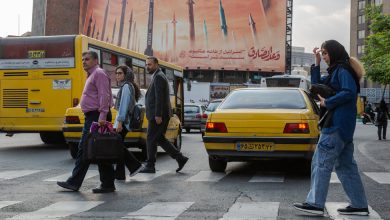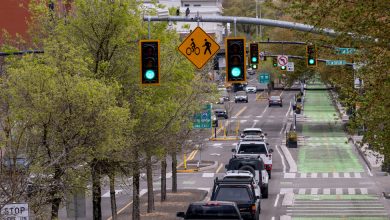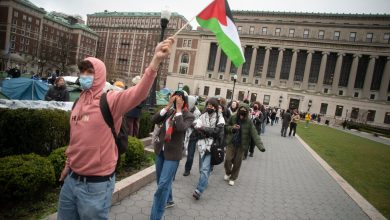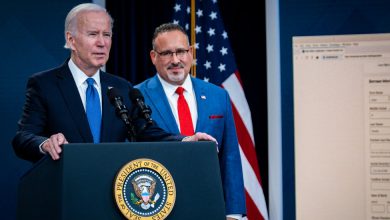Sickened by U.S. Nuclear Program, Communities Turn to Congress for Aid
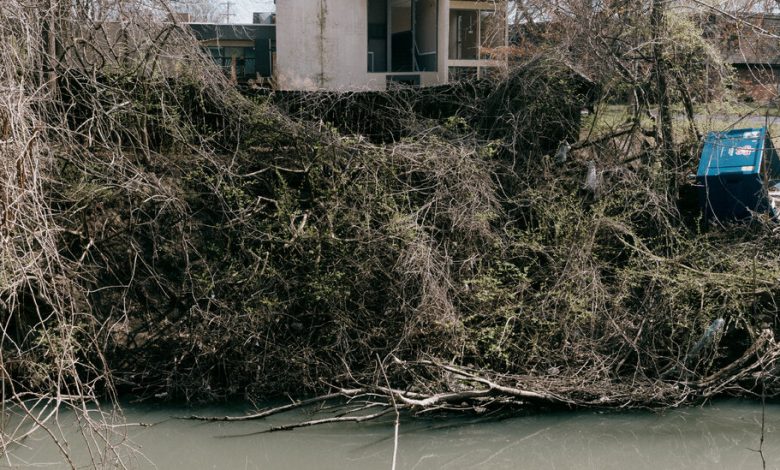
When Diane Scheig’s father, Bill, came home from work at the Mallinckrodt factory in St. Louis, he would strip down in their garage and hand his clothes to her mother to immediately wash, not daring to contaminate the house with the residue of his labors.
Mr. Scheig, an ironworker who helped build the city’s famous arch, never told their family exactly what he was doing at the plant, where scientists first began processing uranium for the Manhattan Project in 1942. But by the age of 49, he had developed kidney cancer, lost his ability to walk, and died.
Decades later, Diane’s older sister Sheryle, who years earlier had given birth to a baby boy born with a softball-sized tumor in his stomach, died of brain and lung cancer at 54. Her neighbor two doors down died of appendix cancer at 49. So many of her classmates have died of cancer that a large round table covered with their pictures is now a staple of her high school reunions.
“I know for myself, I was thankful when I passed the age of 49,” Ms. Scheig said. “And I was thankful when I passed the age of 54.”
The Mallinckrodt plant processed the uranium that allowed scientists at the University of Chicago to produce the first man-made controlled nuclear reaction, paving the way for the first atomic bomb.
But the factory — and the program it served — left another legacy: A plague of cancer, autoimmune diseases and other mysterious illnesses has ripped through generations of families like Ms. Scheig’s in St. Louis, and other communities across the country that were exposed to the materials used to power the nuclear arms race.

